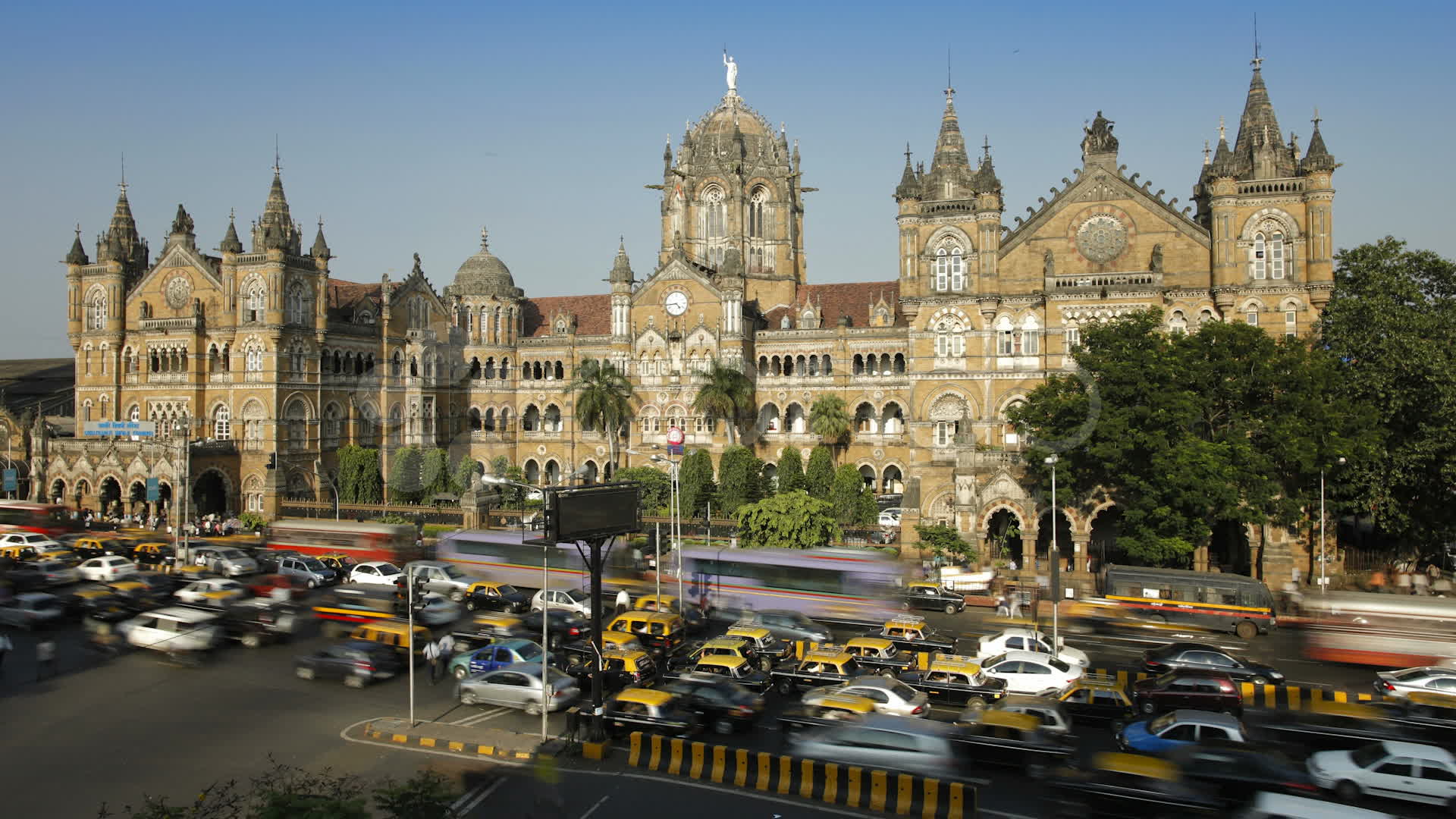
漢德百科全書 | 汉德百科全书
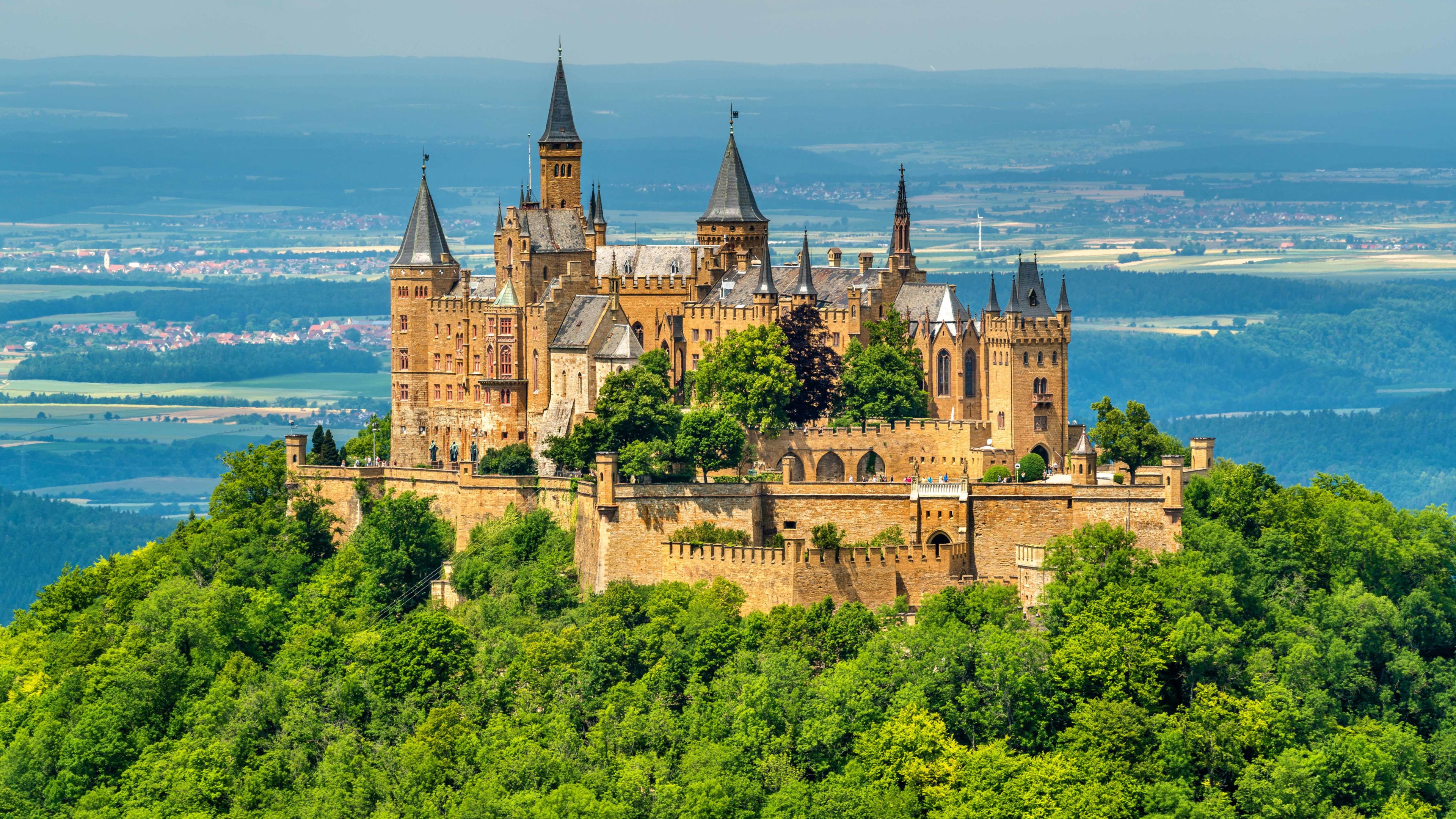
Die Burg Hohenzollern ist die Stammburg des Fürstengeschlechts und des ehemals regierenden preußischen Königs- und deutschen Kaiserhauses der Hohenzollern. Sie liegt in Baden-Württemberg auf der Gemarkung der Gemeinde Bisingen, zu deren Ortsteil Zimmern sie gehört.
德国南部最著名的两大城堡之一(另一为新天鹅堡),位於图宾根南方20公里的丘陵上。古堡是霍亨索伦家族的发源地(霍亨索伦家族是勃兰登堡─普鲁士 1415~1918年及德意志帝国的主要统治家族)。霍亨索伦堡建於11世纪,现今的霍亨索伦堡是在1850年至1867年,由普鲁士建筑家von prittwitz和stuler共同改建的,与新天鹅堡的兴建大约是同一时期,但是与新天鹅堡宛如童话般的外貌相比,霍亨索伦堡就似充满英雄主义的阳刚 之气,这也正代表普鲁士王朝的辉煌历史。城堡内展示腓特烈大帝的遗物、普鲁士王的宝物及王冠等。城堡目前仍有普鲁士王朝末代皇帝威廉二世的子孙仍居此地,但城堡部分对外收费开放。(Quelle:http://www.chinabaike.com)
ホーエンツォレルン城(ホーエンツォレルンじょう、ドイツ語: Burg Hohenzollern[ヘルプ/ファイル])は、ドイツ帝国(ドイツ第二帝国)の皇帝家ホーエンツォレルン家の発祥の地に建つ城である。
Burg Hohenzollern[ヘルプ/ファイル])は、ドイツ帝国(ドイツ第二帝国)の皇帝家ホーエンツォレルン家の発祥の地に建つ城である。
ドイツ連邦共和国シュヴァーベン地方のバーデン=ヴュルテンベルク州のテュービンゲン行政管区(県)ツォレルンアルプ郡ヘヒンゲン市の南、海抜855メートルのホーエンツォレルン山の頂に建てられた城である[1]。現在の城は三代目で、フリードリヒ・ヴィルヘルム4世がプロイセン王になる前の太子であった時に再建を決め、没後の1867年に完成したものである。
Hohenzollern Castle (German:  Burg Hohenzollern (help·info)) is the ancestral seat of the imperial House of Hohenzollern.[a] The third of three hilltop castles on the site, it is located atop Mount Hohenzollern, above and south of Hechingen, on the edge of the Swabian Jura of central Baden-Württemberg, Germany.
Burg Hohenzollern (help·info)) is the ancestral seat of the imperial House of Hohenzollern.[a] The third of three hilltop castles on the site, it is located atop Mount Hohenzollern, above and south of Hechingen, on the edge of the Swabian Jura of central Baden-Württemberg, Germany.
The first fortress on the mountain was constructed in the early 11th century. Over the years the House of Hohenzollern split several times, but the castle remained in the Swabian branch, the dynastic seniors of the Franconian-Brandenburgian cadet branch that later acquired its own imperial throne. This castle was completely destroyed in 1423 after a ten-month siege by the free imperial cities of Swabia. A larger and sturdier structure was constructed from 1454 to 1461, which served as a refuge for the Catholic Swabian Hohenzollerns, including during the Thirty Years' War. By the end of the 18th century it was thought to have lost its strategic importance and gradually fell into disrepair, leading to the demolition of several dilapidated buildings.
The final castle was built between 1846 and 1867 as a family memorial[citation needed] by Hohenzollern scion King Frederick William IV of Prussia. Architect Friedrich August Stüler based his design on English Gothic Revival architecture and the Châteaux of the Loire Valley.[1] No member of the Hohenzollern family was in permanent or regular residence when it was completed, and none of the three German Emperors of the late 19th and early 20th century German Empire ever occupied the castle; in 1945 it briefly became the home of the former Crown Prince Wilhelm of Germany, son of the last Hohenzollern monarch, Kaiser Wilhelm II.
Among the historical artifacts of Prussian history contained in the castle are the Crown of Wilhelm II, some of the personal effects of King Frederick the Great, and a letter from US President George Washington thanking Hohenzollern descendant Baron von Steuben for his service in the American Revolutionary War.[2]
Le château de Hohenzollern (en allemand : Burg Hohenzollern) est un château situé à environ cinquante kilomètres au sud de Stuttgart, en Allemagne. Il est considéré comme le fief ancestral de la famille royale et impériale des Hohenzollern.
Le château est situé au sommet du mont Hohenzollern à une altitude de 855 mètres, à proximité de Bisingen , au pied du Jura souabe. Il a été construit dans la première partie du XIe siècle.
Lorsque la famille se scinde en deux branches, le château est resté la propriété de la branche souabe. Il a été complètement détruit après un siège de dix mois en 1423 par les villes impériales de Souabe. Un deuxième, plus grand et plus robuste, a été construit de 1454 à 1461 et a servi de refuge pour les Hohenzollern souabes catholiques en temps de guerre, y compris pendant la guerre de Trente Ans. À la fin du XVIIIe siècle, cependant, le château a perdu son importance stratégique et est peu à peu tombé en ruine. On dut démolir plusieurs bâtiments délabrés. Aujourd'hui, seule subsiste la chapelle du château médiéval.
La troisième version du château, qu'on peut voir aujourd'hui, a été construite pour Frédéric-Guillaume IV de Prusse entre 1846 et 1867, sous la direction de Friedrich August Stüler, dont le style avait été inspiré par le néo-gothique anglais et les châteaux de la Loire1. Parce que le château a été construit comme un mémorial de la famille, aucun membre de la famille des Hohenzollern n'a habité ce troisième château jusqu'en 1945, quand il est devenu la résidence du dernier héritier Guillaume de Prusse. Il y est enterré avec son épouse Cécilie de Mecklembourg-Schwerin.
Parmi les objets historiques de l'histoire prussienne conservés dans le château actuel, il y a la couronne de Guillaume II, quelques effets personnels de Frédéric le Grand et une lettre du président américain George Washington pour remercier le baron von Steuben, un descendant de la Maison de Hohenzollern, pour son action dans la Guerre d'indépendance des États-Unis. Le château est aujourd'hui une destination touristique importante.
Il castello di Hohenzollern, in tedesco Burg Hohenzollern è un castello non lontano dalla città di Stoccarda, in Germania. Appartenne e fu fatto costruire dalla nobile famiglia prussiana degli Hohenzollern, che visse qui dall'Alto Medioevo alla prima guerra mondiale.
El castillo de Hohenzollern (en alemán: Burg Hohenzollern)? es un castillo situado 50 kilómetros al sur de Stuttgart vinculado a los orígenes de la Dinastía Hohenzollern, familia que llegó al poder durante la Edad Media y gobernó Prusia y Brandeburgo hasta el final de la Primera Guerra Mundial.
El castillo se encuentra en la cumbre del monte Hohenzollern a una altitud de 855 metros, cerca de Hechingen, en el Jura de Suabia. La primera parte del castillo se construyó durante el siglo XI y quedó completamente destruido en 1423 tras un asedio de 10 meses de una alianza de las ciudades imperiales de Suabia.
Entre 1454 y 1461, se erigió un segundo castillo mayor y más sólido que sirvió como refugio a la familia de la dinastía de Hohenzollern, de origen suabo, en tiempos de guerra, incluyendo la Guerra de los Treinta Años. A finales del siglo XVIII el castillo había perdido su importancia estratégica y cayó en el abandono, lo que condujo a que muchos de sus elementos fueran derribados. Actualmente el único resto del castillo medieval es la capilla de San Miguel.
Un tercer castillo, que es el actual, fue edificado por orden de Federico Guillermo IV de Prusia entre 1846 y 1867 bajo la dirección de Frederico Augusto Stüler, que se inspiró en la arquitectura neogótica inglesa, así como en los castillos del Loira. El castillo fue concebido como un homenaje a la dinastía Hohenzollern, de manera que ningún miembro de la familia residió en él hasta 1945, fecha en que se mudaron el príncipe Guillermo de Prusia y su esposa Cecilia de Mecklemburgo-Schwerin, que están enterrados en el castillo.
Entre los tesoros históricos que hoy alberga el castillo se encuentra la corona de Guillermo II, algunos efectos personales de Federico II de Prusia y una carta de George Washington en la que agradece al Barón von Steuben el servicio de la Casa de Hohenzollern en la Guerra de Independencia de Estados Unidos. El castillo es hoy un destino turístico muy popular.
Замок Гогенцоллерн (нем. Burg Hohenzollern) — старинный замок-крепость в Баден-Вюртемберге в 50 км южнее Штутгарта. Вотчина Гогенцоллернов — династии, возвысившейся на протяжении Средневековья и правившей в Пруссии и Бранденбурге до конца Первой мировой войны. Замок расположен на вершине горы Гогенцоллерн на высоте 855 метров и находится недалеко от населенных пунктов Хехинген и Бизинген.
Впервые средневековая замковая крепость упоминается в 1267 году, однако предполагается, что она была построена ранее, в XI веке. 15 мая 1423 года, после длительной осады войсками имперских городов Швабии, крепость была взята и полностью разрушена.
В 1454—1461 годах был возведен второй замок, который служил убежищем для швабской ветви дома Гогенцоллернов на протяжении Тридцатилетней войны. К концу XVIII столетия, однако, в связи с утратой крепостью стратегического значения, комплекс строений постепенно ветшает и некоторые полуразрушенные здания разбираются. До наших дней из всех построек второй крепости дошла лишь капелла св. Михаила.
Третье строение замка, которое дошло до наших дней, было возведено королём Пруссии Фридрихом Вильгельмом IV между 1850 и 1867 годами, под руководством известного архитектора тех дней Фридриха Августа Штюлера. Так как замок был выстроен как семейный памятник, ни один из представителей дома Гогенцоллернов не использовал это строение как свою резиденцию вплоть до 1945 года, когда замок стал домом для последнего прусского кронпринца Вильгельма. Здесь же он был и похоронен со своей женой кронпринцессой Цецилией.
Среди хранящихся сегодня в замке исторических артефактов прусской истории, стоит отметить корону Вильгельма II, некоторые из личных принадлежностей Фридриха Великого, а также письмо президента США Джорджа Вашингтона благодарящего барона фон Штойбена, потомка дома Гогенцоллернов, за его помощь в борьбе США за независимость. Сегодня замок — популярная туристическая достопримечательность.

Cardiff Castle (walisisch: Castell Caerdydd) ist eine mittelalterliche Burg und ein neugotisches Herrenhaus im Stil der viktorianischen Architektur in Cardiff in Wales. Die als Kulturdenkmal der Kategorie Grade I klassifizierte und als Scheduled Monument geschützte Anlage[1] befindet sich innerhalb der Mauern eines Römerkastells östlich des River Taff an der südöstlichen Ecke des Bute Parks im Zentrum der walisischen Hauptstadt.
加的夫城堡(英语:Cardiff Castle,威尔士语:Castell Caerdydd)是一座维多利亚哥特复兴式建筑的中世纪城堡。位于英国威尔士加的夫的市中心。
3世纪时罗马人就在这里修建了堡垒,之后11世纪时诺曼人入侵者又在这里建筑了土木结构的城堡。这座城堡是威廉一世或者罗伯特·费茨哈蒙下令建造的。它成为中世纪加的夫的市中心和格拉摩根边境领主领地的中心。12世纪开始建造石头的城堡,这座城堡估计是格洛斯特的罗伯特下令建造的。它的结构是建造在土丘上的石城堡,拥有相当强大的防御墙。在13世纪下半叶第六任格洛斯特伯爵扩建。在安格鲁-诺尔曼人于威尔士之间的战争中加的夫城堡多次参加战斗,在12世纪里它数次被攻击。1404年欧文·格林杜尔起义中它被冲入。现在的城堡则主要是建设于第三代布特侯爵约翰·克莱顿·斯图亚特时期,城堡的设计者则是威廉·伯吉斯。现在城堡则是由加的夫市所有。
第六任格洛斯特伯爵的家庭在此后数世纪里拥有这座城堡。1423年第13任华威伯爵理查德·博尚买下加的夫城堡。理查德下令大规模扩建城堡,尤其是建造了城堡的西翼和那里高耸的八角形塔楼。玫瑰战争后城堡不再是边境领主领地,它的军事地位开始降低。1550年赫伯特家族购买加的夫城堡,改造主建筑的部分部位,并开始建造外墙和其它建筑。建造外墙的地方本来是加的夫的县府建筑。英国内战期间首先圆颅党占领加的夫城堡,但是1645年保皇党支持者重新占据加的夫城堡。1648年战事再次爆发时保皇党军队进攻加的夫企图重新占领城堡导致在市外的圣法根战役爆发。战后加的夫城堡逃脱了被圆头党摧毁的命运,而是成为兵营,估计是为了防御来自苏格兰的进攻。
18世纪中加的夫城堡转手给比特侯爵。第一代比特侯爵约翰·斯图尔特雇佣万能布朗和亨利·霍兰德翻修主楼,把它改造成一座乔治时期的大楼。两位建筑师还受命改建城堡的景色,拆除许多老的中世纪建筑和城墙。19世纪的前半叶由于格拉摩根煤矿的发展比特侯爵家族特别富有,第三代比特侯爵得以招募威廉·伯吉斯重新翻修城堡。伯吉斯花费巨资把城堡改造成哥特复兴式,他的主要精力集中在主楼上。城堡的内部装饰被认为是“至今为止达到的最重要的哥特复兴式装饰”[2]。古罗马的遗迹被发现后城堡周边的地面也被改造,在城堡的设计中又结合了城墙和罗马式的城门。城堡外建造了面积很大的公园。
20世纪初第四代比特侯爵继承城堡,一直到1920年代改造始终进行。加的夫周围的地产和比特都被卖掉或者国有化了,第二次世界大战时除了城堡外家族几乎没有任何其它财产。大战期间城堡的城墙里修建了大量防空洞,城堡被送给加的夫市。今天城堡是加的夫的一个名胜,城堡的底层里有展示威尔士士兵的博物馆和翻译中心。城堡里也可以举办庆典,包括音乐会和其它庆典。

 建筑艺术
建筑艺术

 宗教
宗教
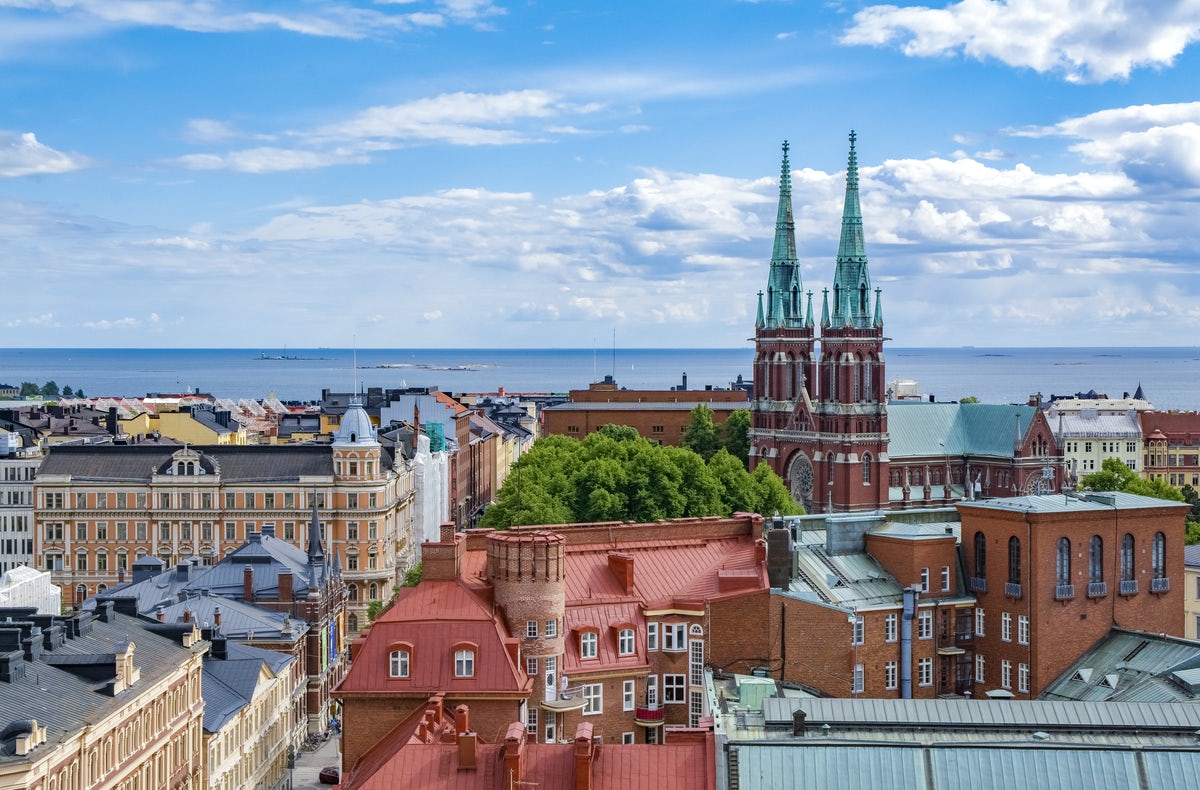
 假期和旅游
假期和旅游

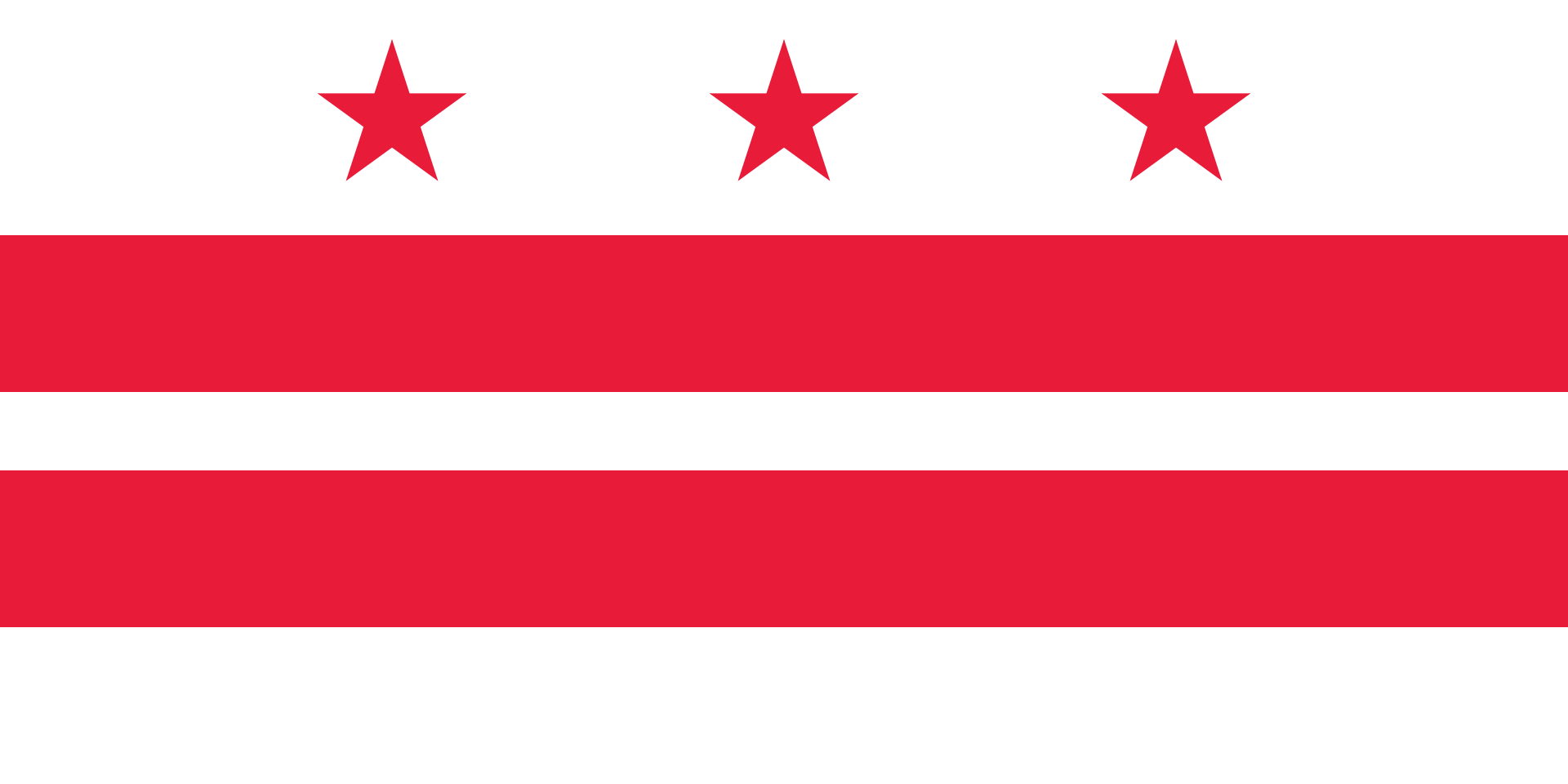 华盛顿哥伦比亚特区
华盛顿哥伦比亚特区

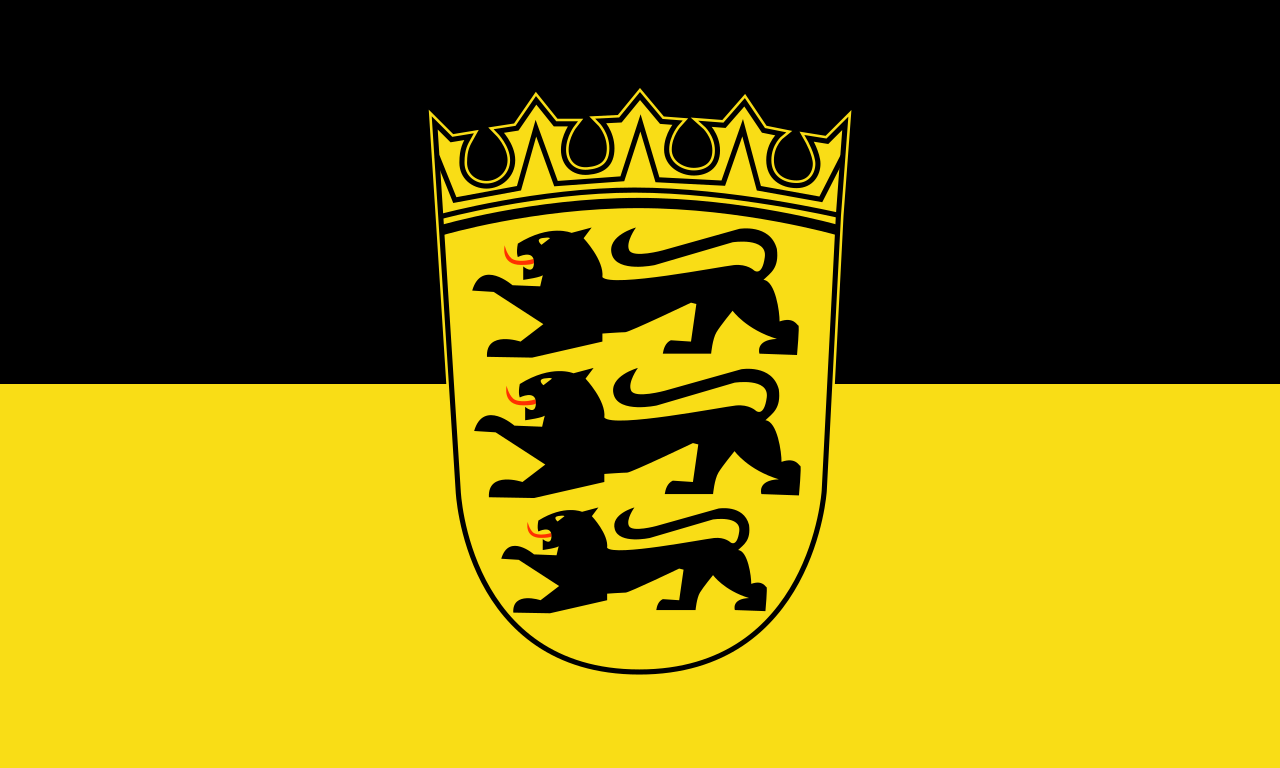 巴登-符藤堡州
巴登-符藤堡州
 历史
历史
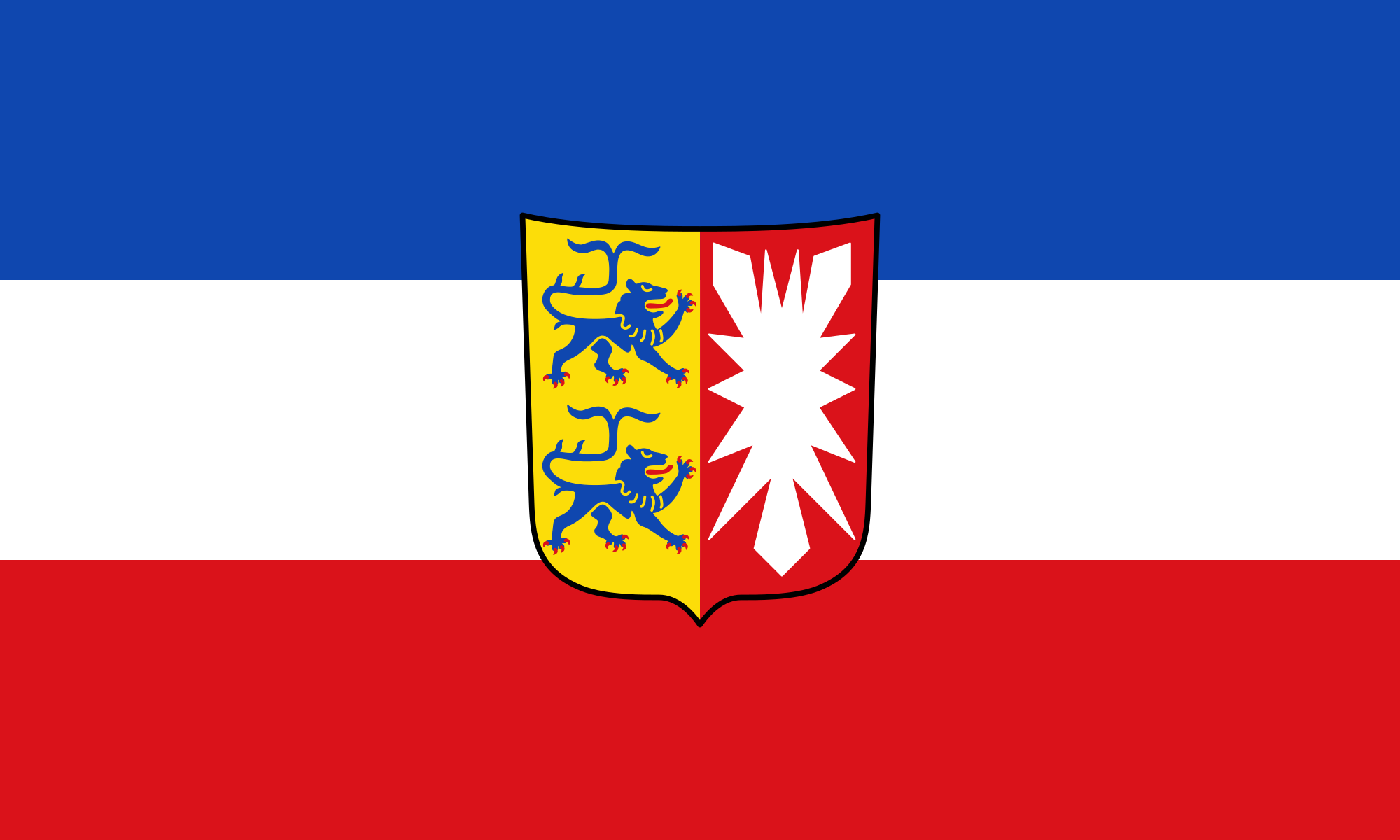 石勒苏益格-荷尔斯泰因州
石勒苏益格-荷尔斯泰因州




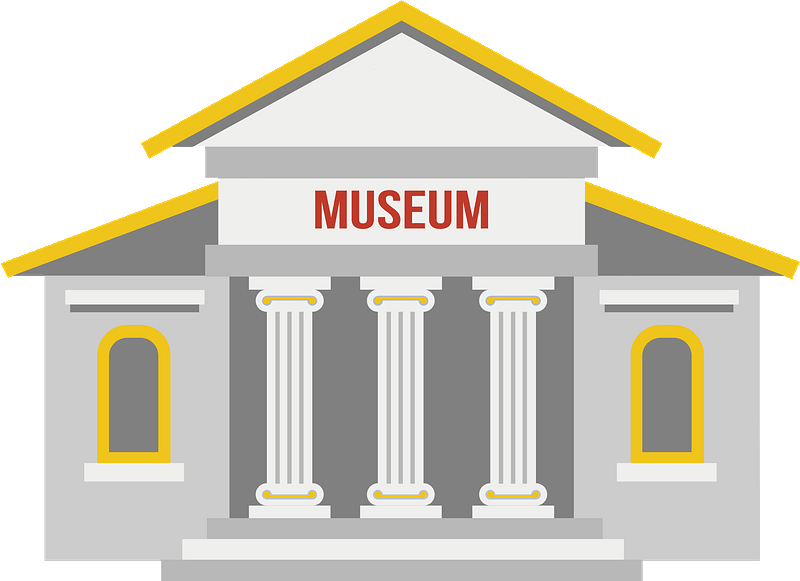 博物馆
博物馆
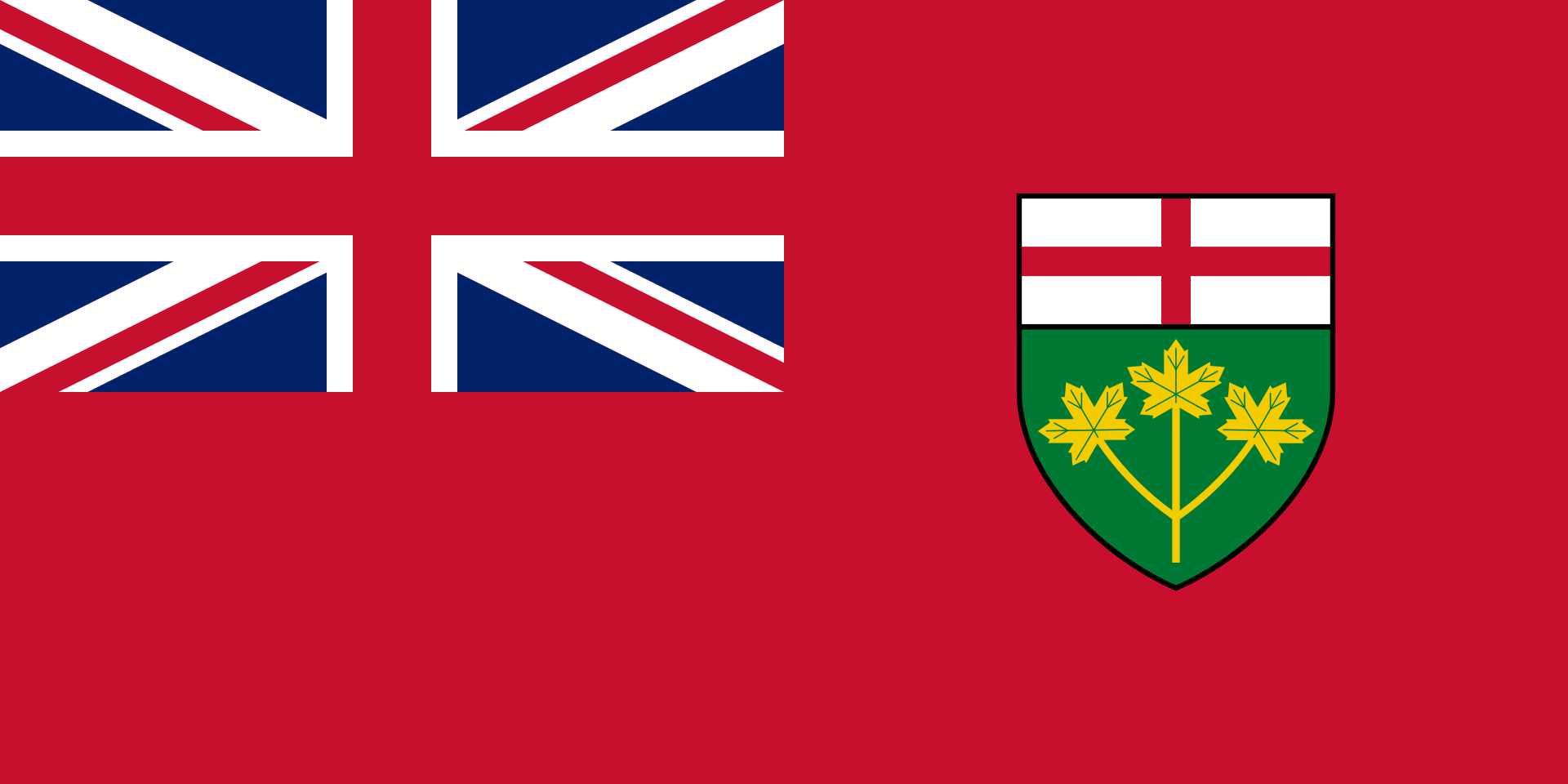 安大略
安大略
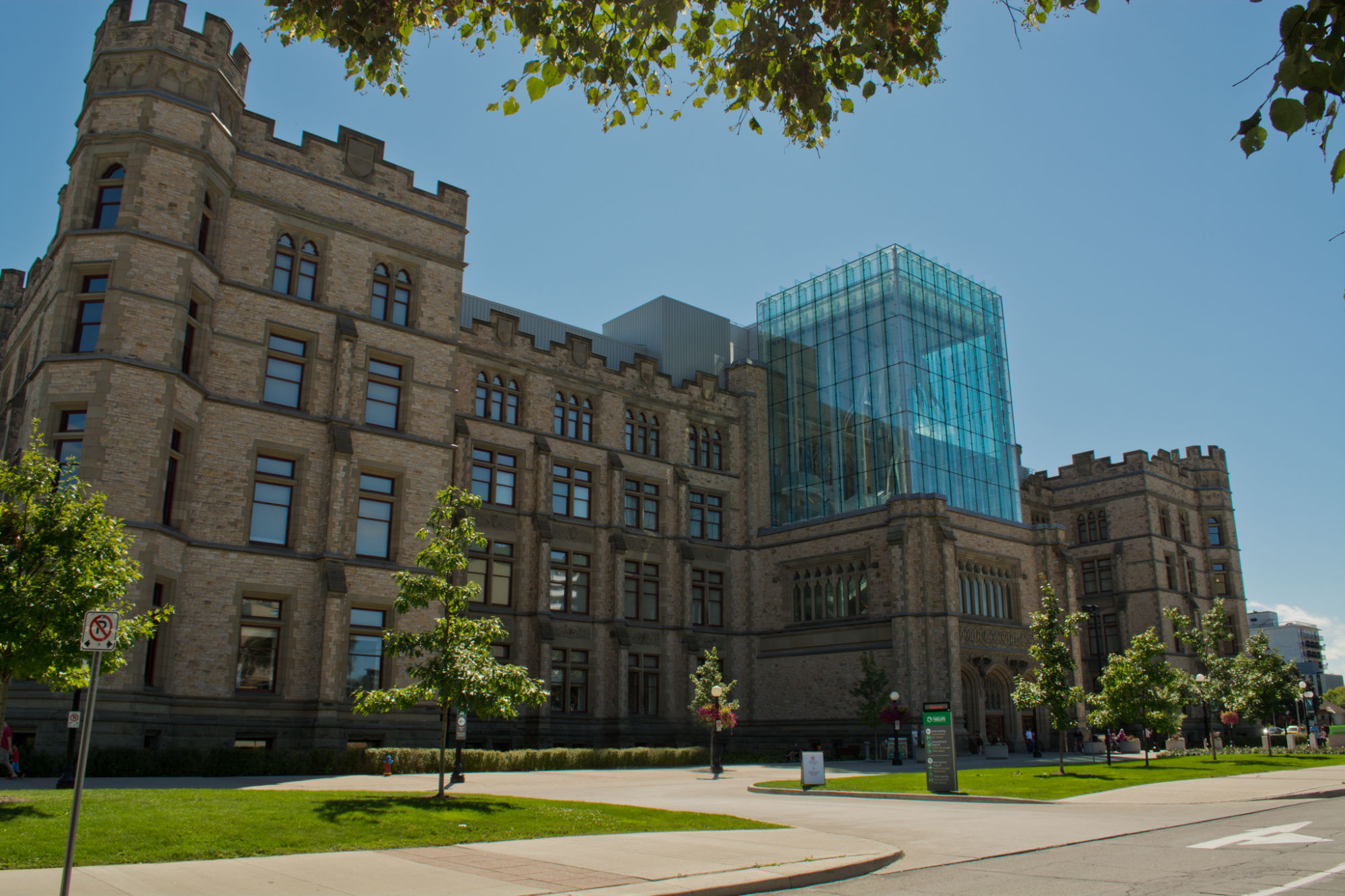
 文化遗产
文化遗产
